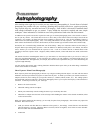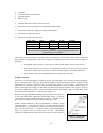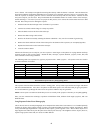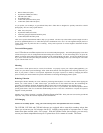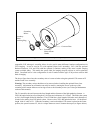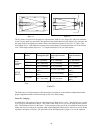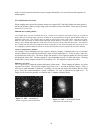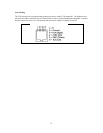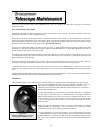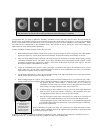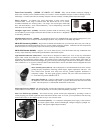
48
compatible CGE telescope's versatility allows it to be used in many different f-number configurations for
CCD imaging. It can be used at f/2 (with optional Fastar Lens Assembly), f/6.3 (with the optional
Reducer/Corrector), f/10, and f/20 (with the optional 2x Barlow) making it the most versatile imaging
system available today. This makes the system ideal for imaging deep-sky objects as well as planetary
detail. Described below is the configuration of each F-number and the type of object best suited to that
kind of imaging.
The above figure shows how the secondary mirror is removed when using the optional CCD camera at f/2
and the Fastar Lens Assembly.
Warning: The secondary mirror should never be removed unless installing the optional Fastar Lens
Assembly. Adjustments to collimation can easily be made by turning the screws on the top of the
secondary mirror mount without ever having to remove the secondary mirror (see Telescope Maintenance
section of this manual).
The F/# stands for the ratio between the focal length and the diameter of the light gathering element. A
CGE1100 optical tube has a focal length of 110 inches and a diameter of 11 inches. This makes the system
an f/10, (focal length divided by diameter). The CGE 800 has a focal length of 80 inches and a diameter of
8 inches, also making it an f/10 optical system. However, the CGE 1400 optical tube has a 154 inch focal
length with a F-ratio of f/11. When the secondary is removed and the CCD camera is placed at the Fastar
position, the system becomes f/2, this is a unique feature to some Celestron telescopes (see figures below).
Figure 7-2 - The Fastar Compatible Optical System
Secondary
Mirror
Secondary
Mirror
Retaining Ring
Corrector Plate
Secondary
Mirror Mount
Handle





